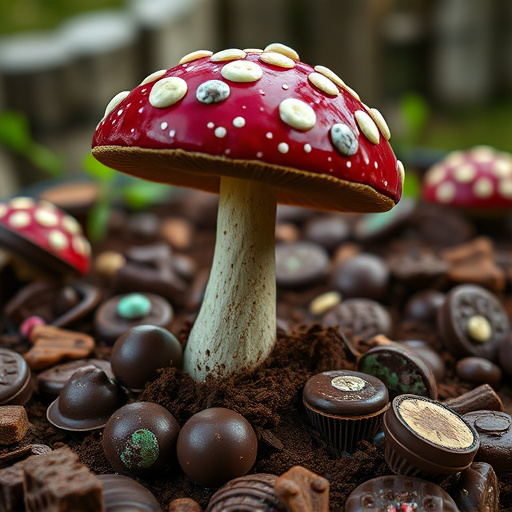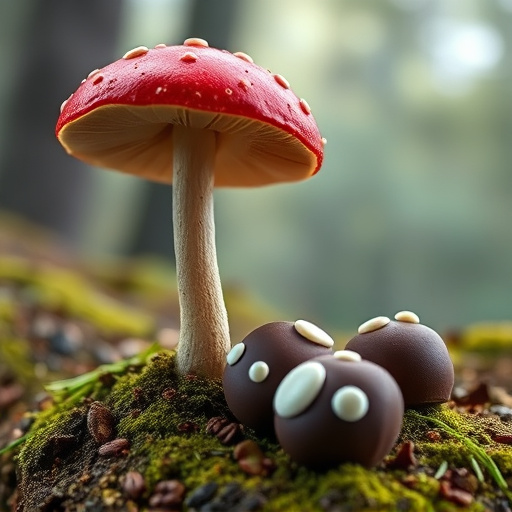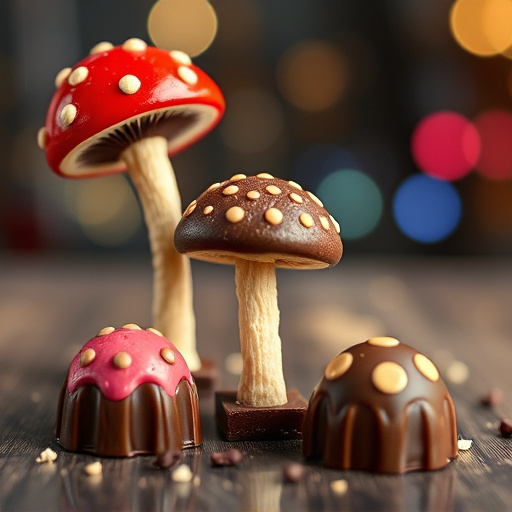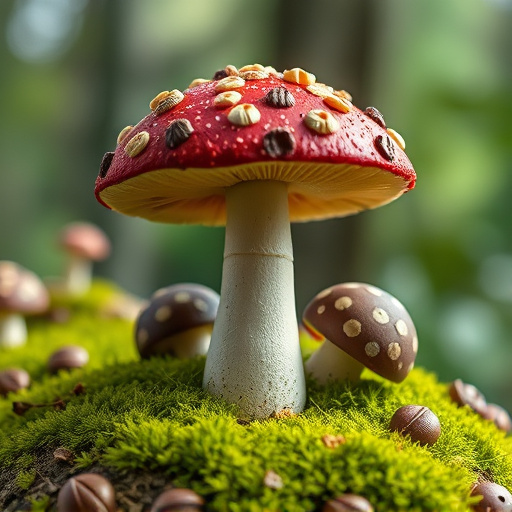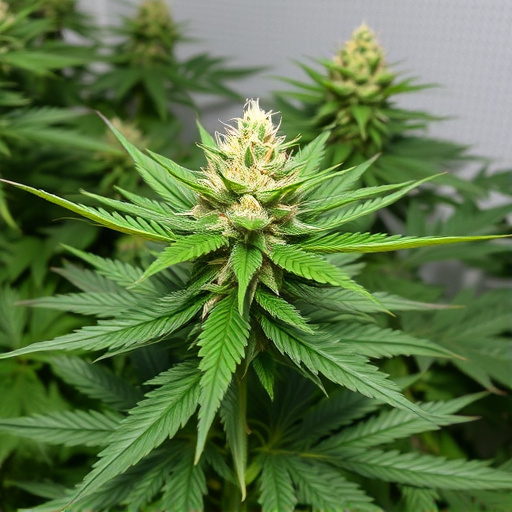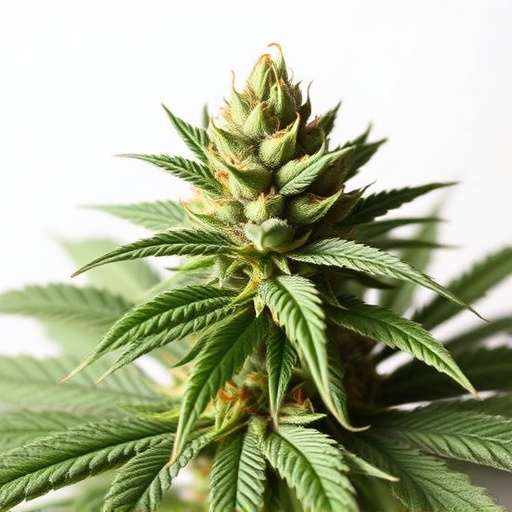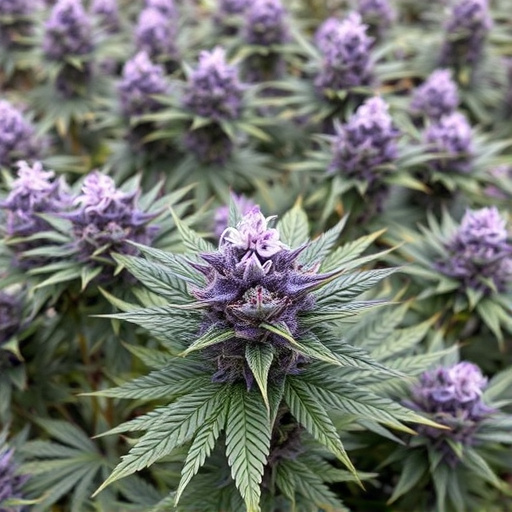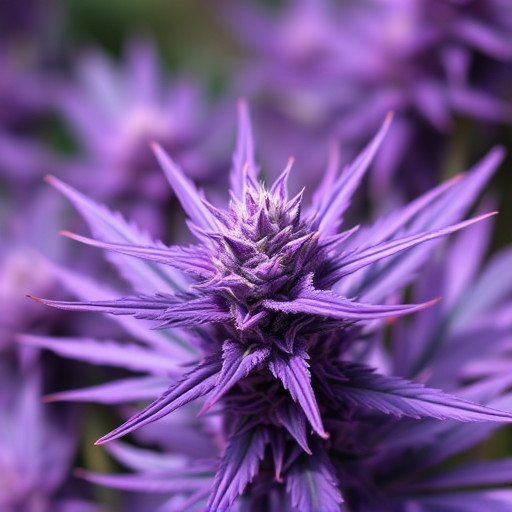Cannabis undergoes natural degradation post-harvest, affecting its chemical composition over time, especially in "purple strains." Aging can lead to reduced THC levels, altered cannabinoid balances, and changed terpene profiles, impacting the overall cannabis experience. Despite claims of enhanced effects, proper storage methods like airtight containers in cool, dark places are crucial for preserving potency in aged purple strains. Individual experiences may vary based on storage conditions, age, and genetic variations.
Can old weed still get you high? It’s a question that puzzles many cannabis enthusiasts. This article explores the age-old mystery behind potent cannabis, specifically focusing on whether vintage strains like the renowned purple strains still deliver an intense experience. We delve into the science behind potency and aging, unraveling what happens to cannabis over time. Discover why expectations may not always align with reality when it comes to these legendary purple strains.
- What Happens to Cannabis Over Time?
- The Science Behind Potency and Aging
- Experience vs. Expectations: Can Purple Strains Still Deliver?
What Happens to Cannabis Over Time?
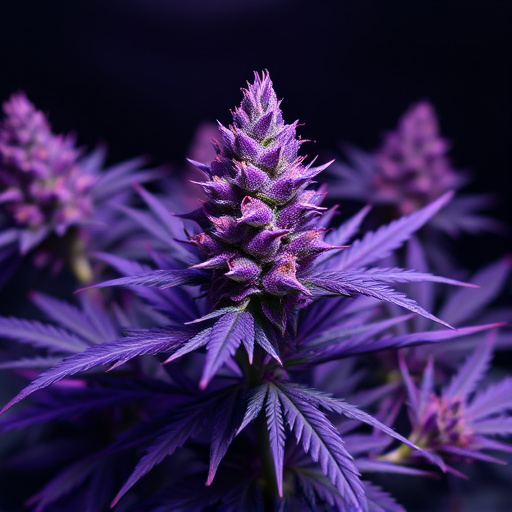
Cannabis, like any organic material, undergoes changes over time. When cannabis plants are harvested and dried, they start a process known as degradation, which can impact their potency and effects. Over months or even years, compounds in the plant, including cannabinoids like THC (tetrahydrocannabinol), may break down or convert into other forms. This is why older cannabis products might have different chemical profiles than when they were first harvested.
In particular, certain strains known for their vibrant purple hues, often celebrated for their unique aesthetic appeal, can exhibit varying levels of potency and effects as they age. So-called “purple strains” are prized by many cannabis enthusiasts, but their popularity doesn’t necessarily mean they retain their initial strength or specific high. The degradation process can result in reduced THC levels, changes in the balance of cannabinoids, and even altered terpene profiles—all factors that contribute to the overall experience when consuming cannabis.
The Science Behind Potency and Aging
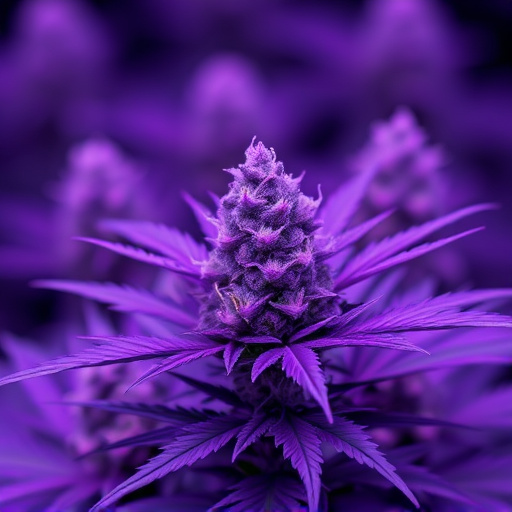
The science behind potency and aging is a complex dance. Cannabis plants, much like other organisms, undergo natural processes that affect their composition over time. As a plant ages, whether it’s from being harvested at different stages or naturally aged, its chemical profile changes. Terpenes, the aromatic compounds responsible for many of cannabis’ unique scents and some of its effects, can degrade or shift. Cannabinoids like THC and CBD also undergo alterations—THC, for instance, can oxidize into CBN (cannabinol), which has a sedative effect.
Purple strains of cannabis are often celebrated for their potent levels of cannabinoids and terpenes, but even these can lose some of their initial punch with age. The way cannabis is stored plays a crucial role; exposure to light, heat, and oxygen accelerates the aging process. Proper storage methods, like airtight containers in cool, dark places, can preserve potency for longer periods. Understanding this science allows consumers to make informed decisions about when and how they store their cannabis products, ensuring they experience the intended effects even with older strains.
Experience vs. Expectations: Can Purple Strains Still Deliver?
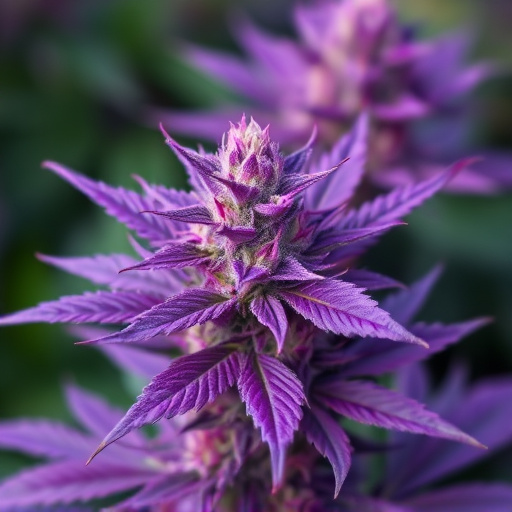
Many cannabis enthusiasts often wonder if their favorite old stocks, including those vibrant purple strains, still hold the same level of potency and effect after aging. The perception that potent experiences are reserved for fresh harvests is not entirely accurate. While it’s true that time can affect the chemical composition of cannabis, the impact on its ability to get you high varies significantly.
The allure of legendary purple strains persists, with claims of enhanced effects due to their unique terpene profiles and potentially higher THC levels. However, individual experiences may differ. Factors like storage conditions, age, and specific genetic traits play a role in determining whether these old purple strains will live up to the expectations set by their reputation.
While age can impact the potency and effects of cannabis, especially in terms of THC levels, the allure of legendary purple strains still captivates many. The science behind aging cannabis suggests that these older varieties can still deliver a potent and unique experience, especially when cultivated with care. Many enthusiasts report that the subtle nuances and enhanced terpenes in aged purple strains offer a distinct high, making them worth seeking out for those looking to explore the diverse world of cannabis beyond its modern variants.
